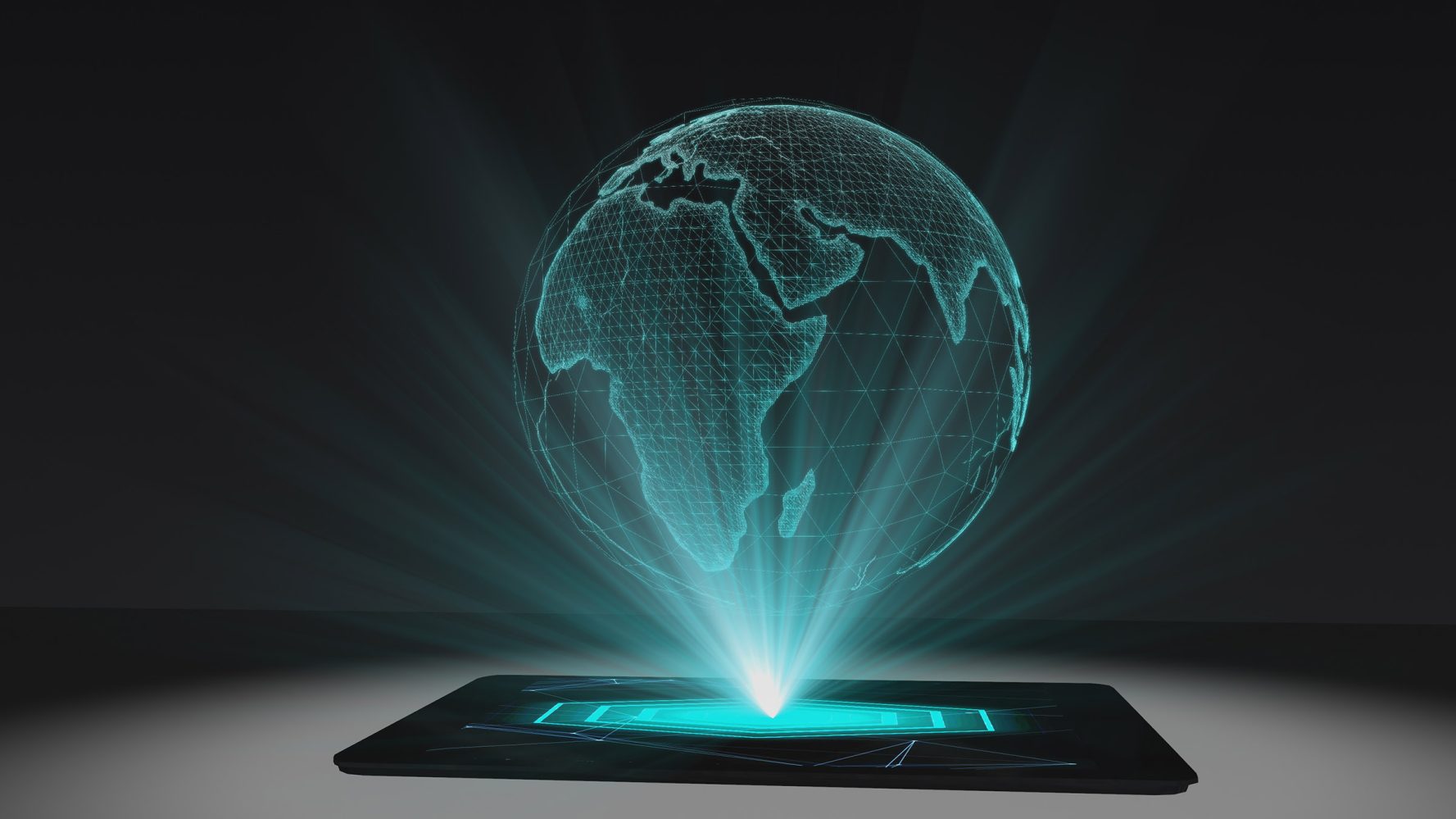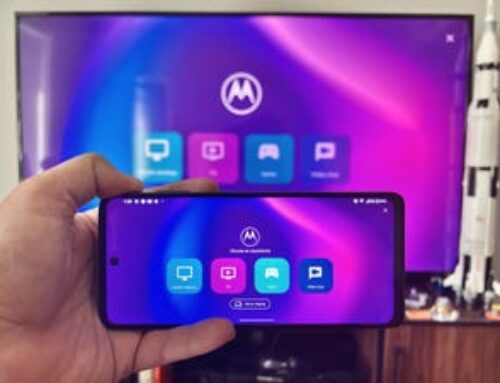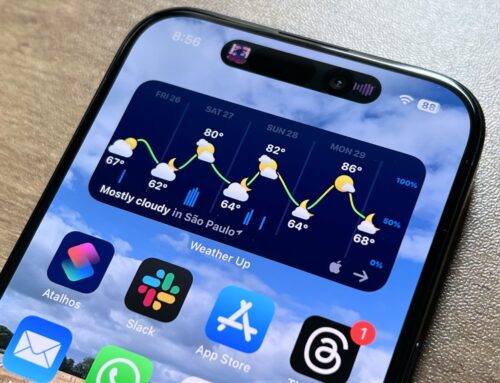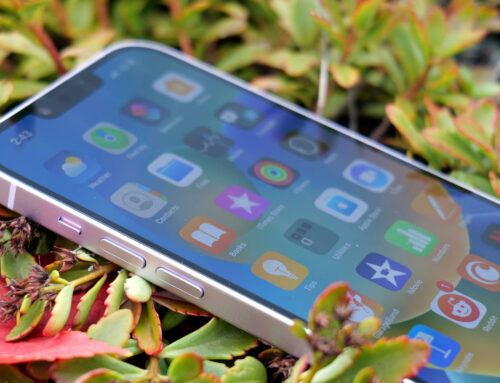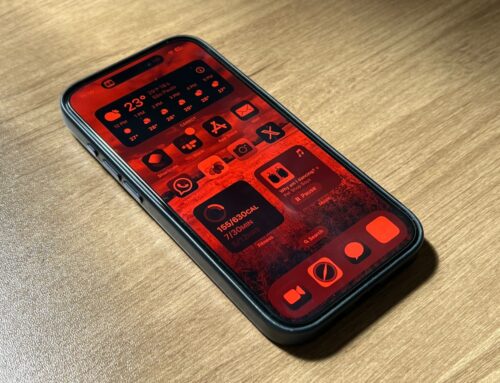Science fiction often relies heavily on holographics to showcase the future of technology. For the most part, though, holographic tech has always seemed a bit outside our wheelhouse, with the tech needed to create realistic holographic displays being exceptionally expensive. Now, though, researchers have done it with an ordinary iPhone screen.
Currently, the only way we’ve been able to make holographic displays is by using complex and expensive laser emitters. However, this new approach could make it a much more viable tactic for virtual reality applications and more.
The researchers involved in the breakthrough published their findings in Optics Letters. They say that they were able to create realistic 3D holographic displays using just the touchscreen of an iPhone. To demonstrate the capabilities, they created a two-layer optical reproduction of a full-color three-dimensional image.
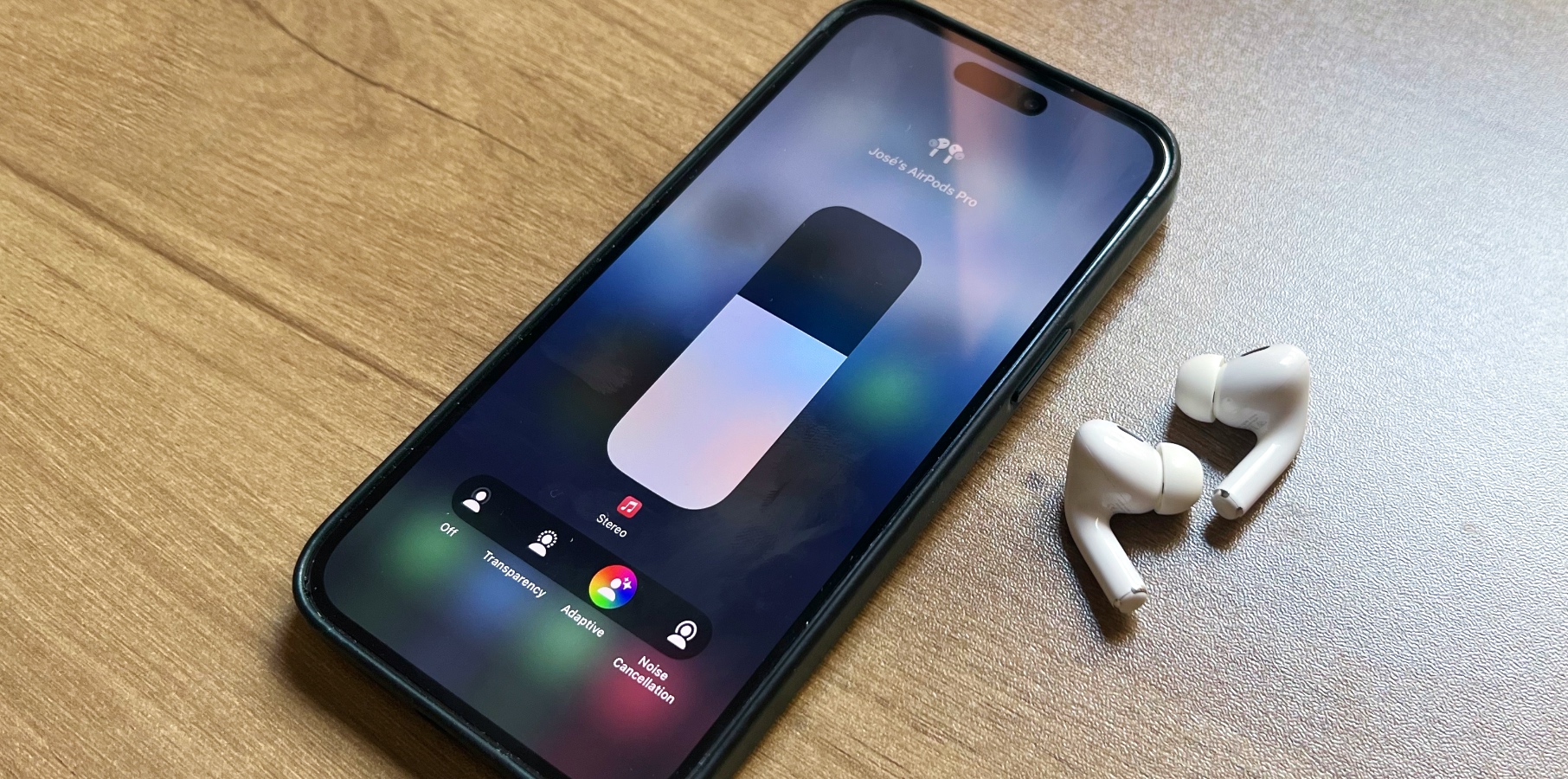
They did this by projecting the first layer using a spatial light modulator. The second layer, though, was projected by the screen taken from an iPhone 14. This allowed the researchers to coordinate the images to create a realistic-looking holographic display that looked very similar to those created by expensive laser systems.
Tech. Entertainment. Science. Your inbox.
Sign up for the most interesting tech & entertainment news out there.
By signing up, I agree to the Terms of Use and have reviewed the Privacy Notice.
Despite how simple it might seem, this approach is highly complex, and it requires a lot of careful modeling to create the algorithm responsible for coordinating the light from the screen and the spatial light modulator. But all of that work paid off, and the new approach shows that we can create holographic displays on a much more affordable level than the expensive laser systems previously used.
We’ve seen some use of holograms in the past, like when NASA “teleported” a doctor to the ISS. But, before we start seeing this new tech, the researchers will have to find new ways to scale it up and make it more acceptable for commercial and military usage.
That still doesn’t mean that we’ll have holographic displays in the palm of our hands anytime in the near future. However, researchers have found a way to make the tech more affordable, even if it is still very complex.

